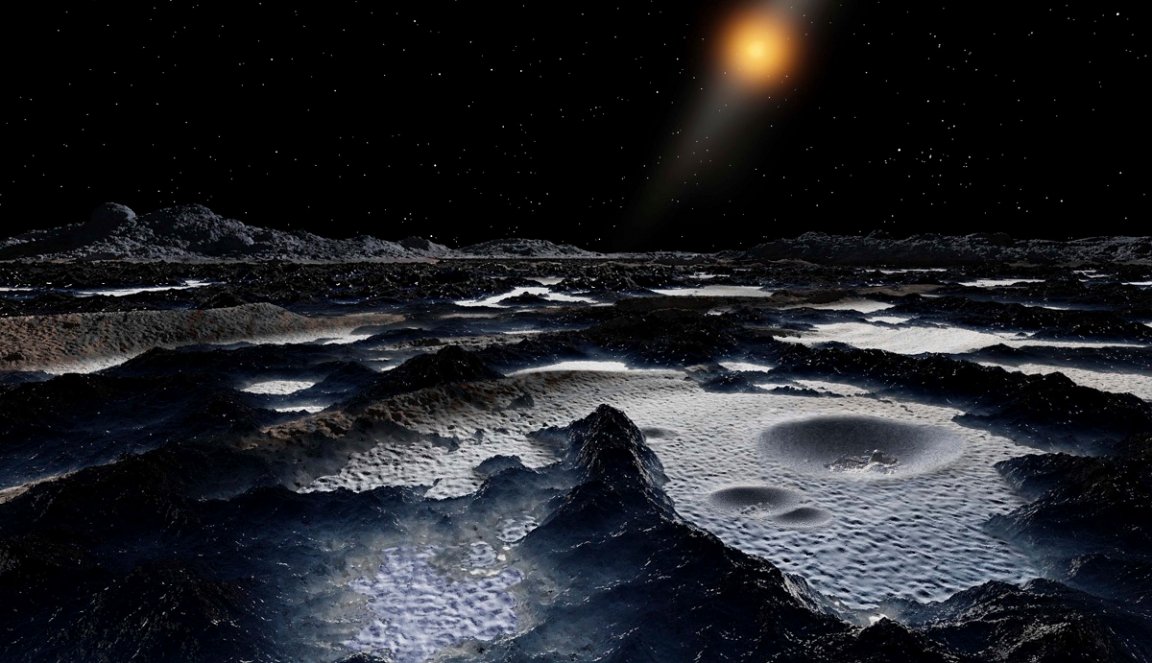
Redefining Limits
There may be more than meets the eye with The Kuiper Belt, a ring comprising thousands of large, icy objects and dwarf planets that encircle our solar system.
A yet-to-be-published study, spotlighted by Science, found evidence of a dozen large objects lying past the belt’s outermost perimeter, suggesting that the belt is much deeper than once thought.
Scientists currently believe that the Kuiper Belt’s limits lie approximately 50 astronomical units (AU) — each unit equaling the distance between the Earth and the Sun — from the solar system’s center.
Yet by the researcher’s estimates, which they stress are preliminary, the “puzzling” objects could be lurking beyond even 60 AU. That’s a discrepancy of at least ten AU — an astounding distance, equal to that between the Sun and Saturn.
But there could be another explanation: that there’s actually a “second” belt, residing beyond the Kuiper, in this little-understood and underexplored region of our distant solar system.
Old Probe, New Tricks
Sensors aboard NASA’s New Horizons spacecraft led to the discovery. Launched in 2006, the probe was the first to get an up-close look at Pluto, a resident of the Kuiper Belt, and serves as astronomers’ eyes at the edge of the solar system.
Now at 57 AU from the Sun, New Horizons is supposed to have the Kuiper Belt in its rear-view mirror. But its sensors keep detecting dust, an indicator of collisions between objects nearby.
“The number of impacts is not declining,” Alan Stern, principal investigator of the New Horizons mission and a planetary scientist at the Southwest Research Institute, told Science. “And the simplest explanation for that is that there is more stuff out there that we haven’t detected.”
That clued the astronomers in. Using New Horizons’ trajectory, they were then able to narrow down a search area for potential unseen Kuiper Belt objects in hundreds of combined images of the night sky taken by Japan’s Subaru Telescope.
And they found twelve of them — or so it appears.
Sight Unseen
Still, the results are far from conclusive, and so far, telescopes that have surveyed other parts of the outer solar system have discovered almost nothing beyond the Kuiper Belt’s limits.
“Why are we not seeing these things?” Pedro Bernardinelli, an astronomer at the University of Washington who was not involved in the research, told Science. “Did everyone get unlucky? It’s possible, but it’s hard.”
But the hypothesis isn’t a shot in the dark, either. According to Hilke Sclichting, an astrophysicist at the University of California, Los Angeles, the Hubble Space Telescope detected dimming in stars that could have been caused by undiscovered Kuiper Belt objects passing in front of them.
“Is there a larger population beyond 60 AU? There could be,” Schlichting told Science. “Maybe that’s what we’re seeing. I’m not sure.”
More on space: James Webb Spots Numerous Pairs of Planets, Hanging Out With No Stars